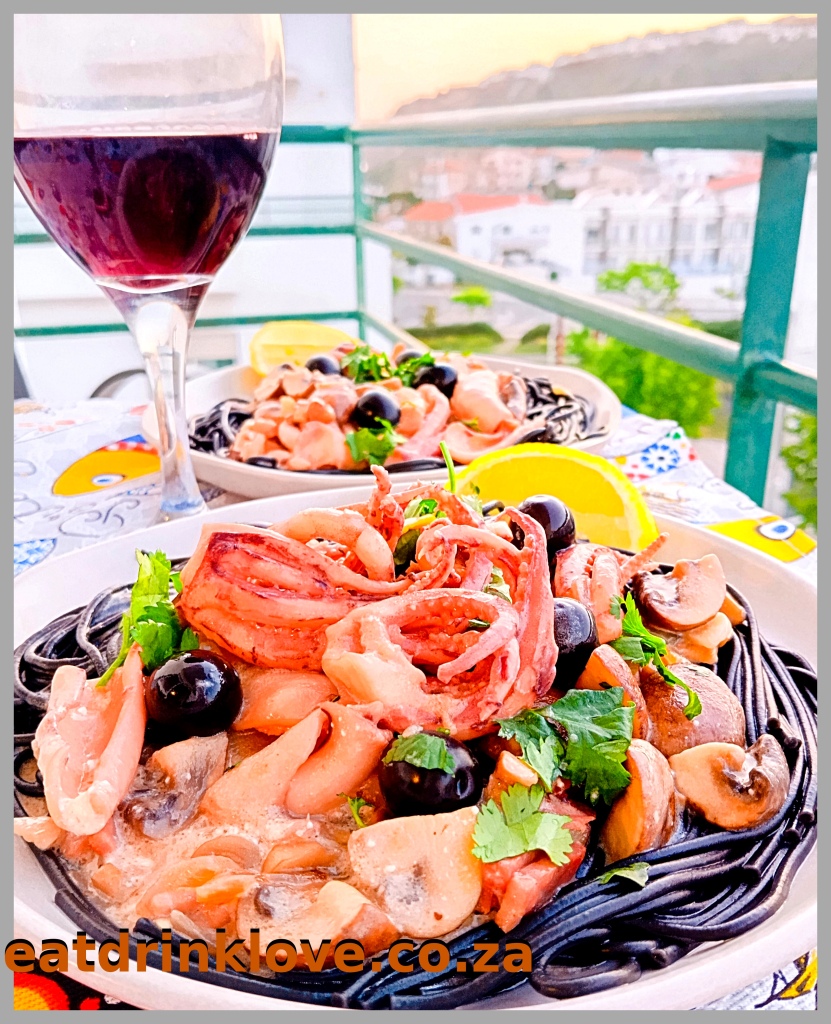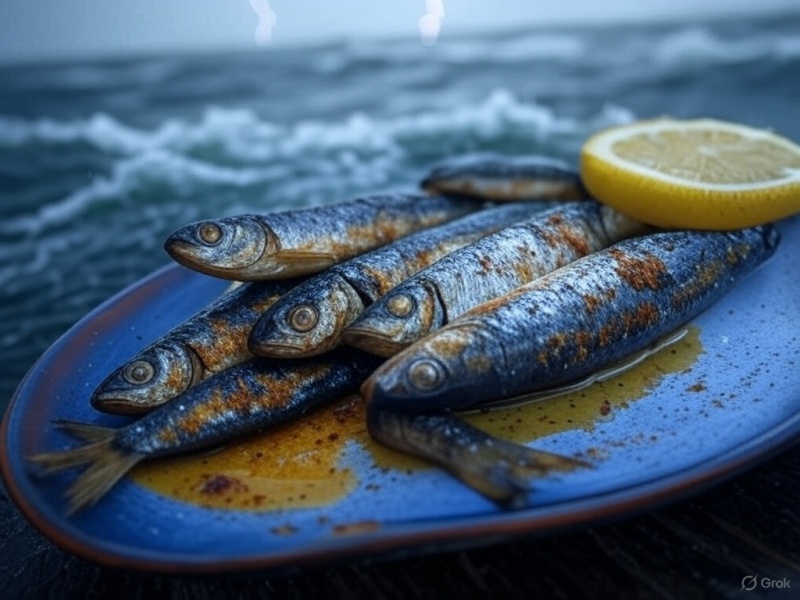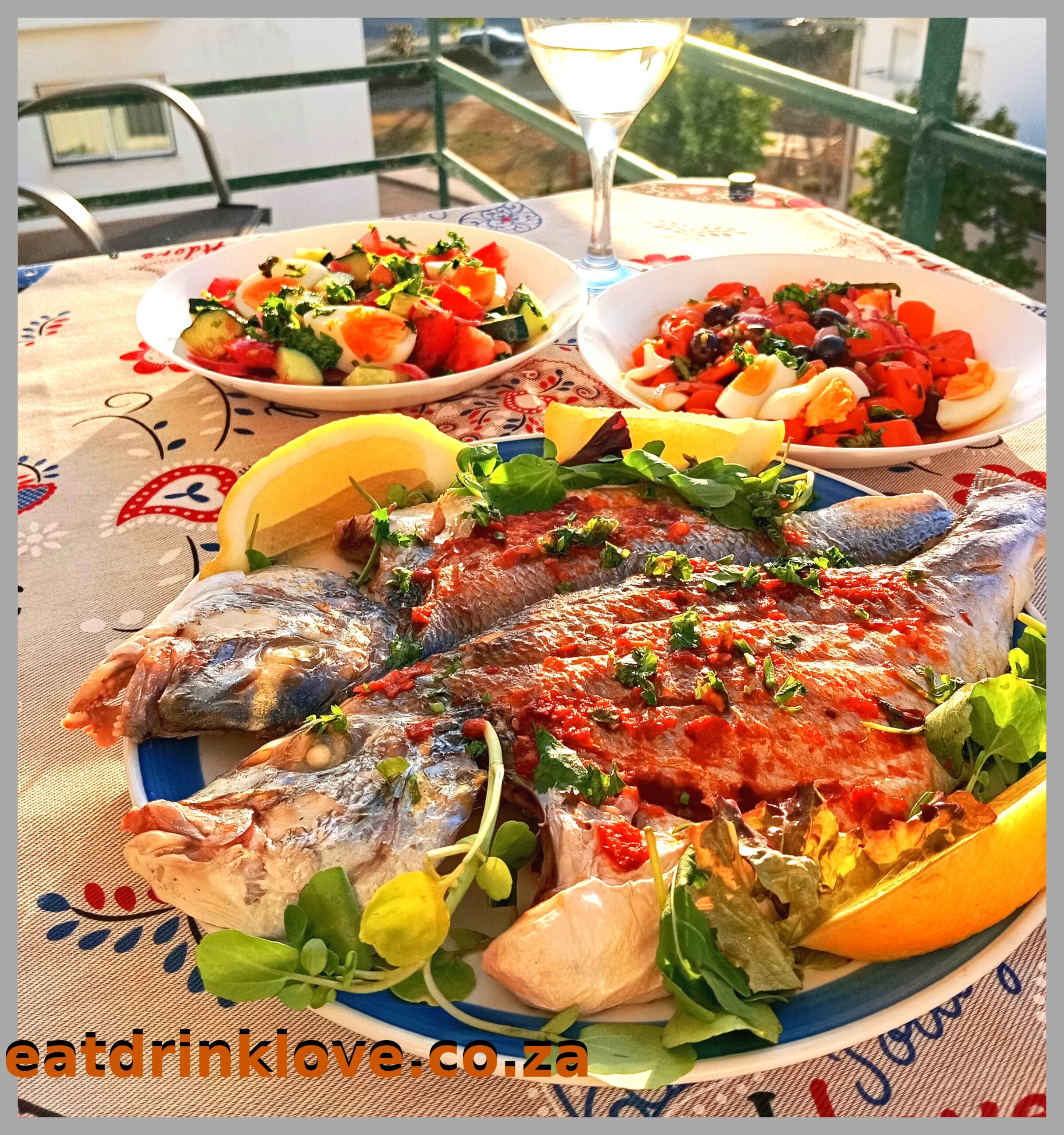Last Updated on 15 June 2025 by Adrienne
I’ve created this page as a personal record of the various types of seafood I encounter in Portugal. It will be regularly updated as I explore and cook with different varieties of seafood.
If you are learning Portuguese, also check out this link.
Polvo vs Choco vs Lula vs Pota (Cephalopods)
In Portugal, “polvo” refers to octopus, “lula” refers to squid, “choco” refers to cuttlefish, and “pota” refers to another type of squid.
Here are some key differences between them:
Polvo (Octopus):
- Octopus has a distinct rounded head, eight long arms, and a mantle.
- It has a firm texture and a slightly sweet flavor when cooked properly.
- It’s often prepared by boiling or grilling and is a popular ingredient in various Portuguese dishes like “polvo à lagareiro” (oven-baked octopus with potatoes and olive oil) or “polvo guisado” (stewed octopus).
- Afrikaans: seekat
Lula (Squid):
- Squid have elongated bodies with a distinct head, mantle, and eight arms equipped with suction cups.
- They have a tender texture and a mild, slightly sweet flavor.
- Squid can be prepared in various ways, including grilling, frying, or stewing. In Portuguese cuisine, they’re commonly enjoyed fried as “lulas à doré” or in seafood stews like “caldeirada de lulas.”
- Afrikaans: inkvis / tjokka / kalamari
Choco (Cuttlefish):
- Cuttlefish have a broader body with a large head, eight arms, and two tentacles with suckers.
- They have a firmer texture compared to squid and octopus and a more pronounced flavor.
- Cuttlefish are often used in soups, stews, or rice dishes like “arroz de choco” (cuttlefish rice) or “choco frito” (fried cuttlefish).
- Afrikaans: kattelvis
Pota (European flying squid):
- In Portugal, “pota” typically refers to a specific type of squid known as European flying squid or Todarodes sagittatus. It is larger and tougher than lula and is commonly used in Portuguese cuisine and can be prepared in various dishes such as grilled, fried, or stewed.
- This type of squid is often used in more budget-friendly versions of dishes like ‘lulas à Algarvia’ (Algarve-style squid) or ‘lulas recheadas’ (stuffed squid), though premium restaurants tend to favour the more tender lula.
- “Pota” can also refer to the Humboldt squid outside of Portugal, also known as jumbo / giant squid or jumbo flying squid, particularly in regions like Peru and Chile. This species is known for its large size and predatory nature, inhabiting the eastern Pacific Ocean.

Fish in Portuguese Cuisine
Portugal’s coastline and deep fishing traditions make fish a cornerstone of its cuisine. From the iconic cod to fresh sardines, fish are celebrated for their versatility and bold, briny flavors.
Bacalhau (Salted Cod):
Known as the “faithful friend,” bacalhau is Portugal’s most famous fish, despite being imported in its dried, salted form. It has firm, white flesh and a savory, slightly salty flavor when rehydrated. Bacalhau is soaked for days to remove excess salt, then cooked in countless ways—boiled, baked, or fried. Try bacalhau à Brás (shredded cod with onions, potatoes, and scrambled eggs) or bacalhau com natas (cod in a creamy oven-baked dish).
Sardinha (Sardine)

Small, silvery, and packed with flavor, sardines are a summer staple, especially during festivals like Santo António. They have tender, oily flesh with a rich, umami taste. Sardines are typically grilled whole over open flames or canned for later use. Enjoy sardinhas assadas (grilled sardines with a squeeze of lemon) or pair them with crusty bread for a simple meal.
Carapau (Mackerel):
Carapau, or Atlantic mackerel, is a slender fish with shiny, blue-green skin and flaky, savory flesh. Its bold, slightly oily flavor shines in simple preparations. It’s often grilled, fried, or marinated in escabeche (a tangy vinegar sauce). Look for carapau frito (fried mackerel) or carapau de escabeche for a zesty treat.
Shellfish in Portuguese Cuisine
Shellfish, harvested from Portugal’s rocky shores and estuaries, bring delicate textures and sweet, briny flavors to the table. They’re often served fresh with minimal fuss to let their natural taste shine.
Amêijoa (Clam):
These small, tender clams have smooth shells and a sweet, slightly chewy texture. Their mild, oceanic flavor pairs well with garlic and herbs. Clams are steamed, sautéed, or added to stews, often with white wine. Savor amêijoas à Bulhão Pato (clams in a garlic, cilantro, and wine sauce) or find them in cataplana (a seafood stew).
Mexilhão (Mussel):
Mussels are dark-shelled with plump, juicy flesh and a subtle, briny sweetness. They’re affordable and abundant along Portugal’s coast. Steamed or cooked in broth, they soak up flavors like tomato or wine. Try mexilhões à marinheiro (mussels in a tomato and garlic sauce) or add them to a seafood rice dish like arroz de marisco.
Crustaceans in Portuguese Cuisine
Crustaceans like prawns and crabs add a touch of luxury to Portuguese meals, prized for their sweet meat and vibrant presentation.
Camarão (Prawn/Shrimp):
Prawns vary in size, from small shrimp to large tiger prawns, with a firm, succulent texture and sweet, delicate flavor. They’re often cooked with their shells to enhance taste. Grilled, boiled, or sautéed, they star in dishes like camarão ao alhinho (garlic prawns) or camarão piri-piri (spicy grilled prawns with chili sauce).
Sapateira (Crab):
The brown crab, or sapateira, has a hard shell and rich, creamy meat, with a slightly sweet, nutty flavor. Its brown meat (from the body) is especially prized for spreads or fillings. Enjoy sapateira recheada (crab stuffed with a mix of its own meat, breadcrumbs, and mustard) or use the meat in salads.
As I dive deeper into Portugal’s seafood culture, I’ll keep updating this page with new discoveries—whether it’s a hidden coastal recipe or a fresh catch from the market.
